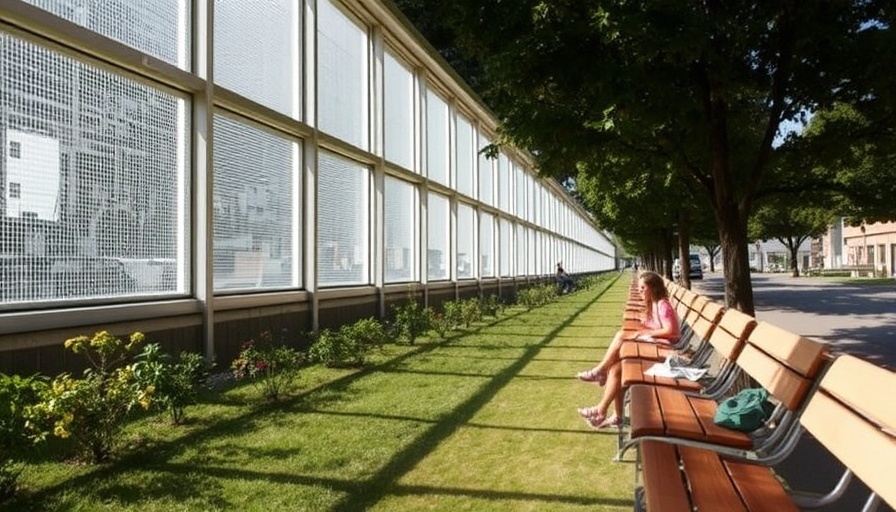
Shampoo Harmful to Aquatic Life: What Homeowners Should Know
When preparing for a relaxing bath or enjoying a routine shower, many of us turn to our favorite personal care products, often with a sense of comfort and routine. However, recent research has unveiled alarming truths about these seemingly benign products—particularly shampoos and conditioners—that resonate deeply even for homeowners and property investors in the Dumfries area. Understanding the environmental impact of what we use in our homes is increasingly vital in our eco-conscious world.
Why Your Shampoo Matters for Local Ecosystems
This recent study from Aarhus University has shifted the narrative on personal care products. Previously thought to be harmless due to their large molecular size, softening agents in shampoos and conditioners have been shown to cause physical harm to aquatic life, specifically affecting daphnia, small crustaceans that play a crucial role in our freshwater ecosystems. These tiny creatures act as natural filters, consuming bacteria and algae, making them essential for the health of our water bodies.
When softening agents enter waterways, they cling to the bodies of daphnia, impairing their movement and ability to feed. This not only affects their population but also ripples through the ecosystem, impacting fish and plant life that rely on daphnia for food. As homebuyers or property investors, the health of local waterways can directly influence property values and community livability.
The Ripple Effect: How Our Choices Impact Nature
Understanding the implications of personal care product usage extends beyond individual responsibility—it highlights a societal responsibility to our environment. Each shampoo bottle, when washed down the drain, can contribute to the growing problem of contaminated water sources. As more households become aware of the ecological footprint of their everyday purchases, a shift towards more sustainable choices can help safeguard local ecosystems.
Taking Action: Innovative Solutions for Sustainable Living
Embracing a home filled with beautiful, eco-friendly products can start with something as simple as the toiletries you choose. Opting for brands known for their sustainable formulations can help. Although the research points to the harmful compounds used in many personal care products, there is a growing market for alternatives that do not compromise marine life.
Many companies are now producing biodegradable shampoos and conditioners that utilize plant-based ingredients rather than synthetic softening agents. Transitioning to these options not only supports healthier waterways but also reflects positively on your overall home aesthetic through an emphasis on sustainability. Homebuilders and property investors should consider promoting eco-friendly amenities and products, as sustainability becomes increasingly desirable among potential buyers.
Local Legislation and Future Insights
With the European Union beginning to take note of the effects these substances have on aquatic ecosystems, we may soon see regulations requiring products to be tested more rigorously before entering the market. As responsible homeowners, staying informed about such developments will empower you to make educated choices and advocate for a healthier environment.
Besides supporting personal care brands that align with sustainability, witnessing a shift towards regulatory changes can also prompt us to advocate for broader policies that protect our local waterways and wildlife. Engaging with community initiatives aimed at water conservation and pollution reduction speaks not only to our responsibilities as property owners but also to the collective power of residents in Dumfries.
Conclusion: Making Sustainable Choices
As you reflect on your personal care routine, consider how these small changes can contribute to a larger movement towards sustainability. By opting for eco-friendly shampoos and conditioners, you're actively participating in the protection of our aquatic ecosystems while creating a healthier environment—both in and outside of your home.
Join the conversation about sustainable living and consider how your choices influence the community and ecosystems around you. Discover sustainable living resources and start making a difference today.
 Add Row
Add Row  Add
Add 





Write A Comment